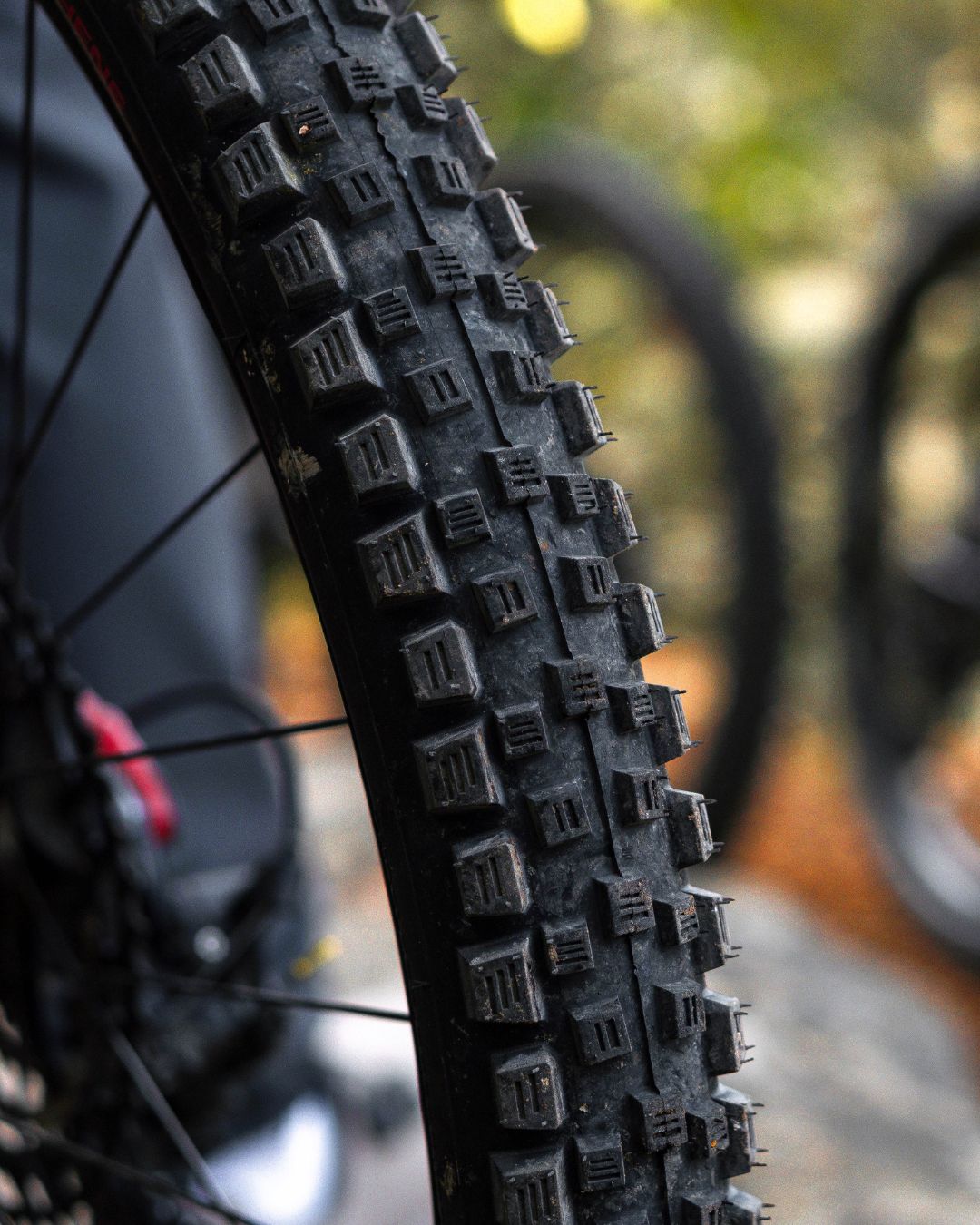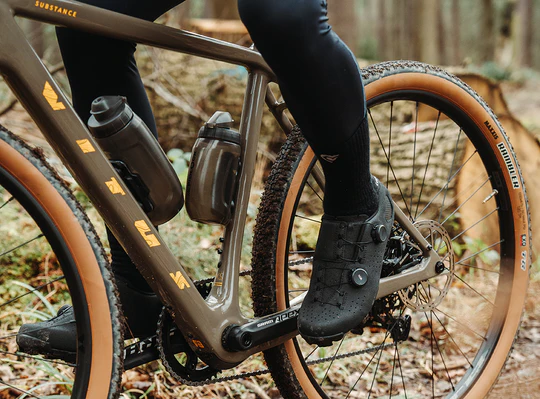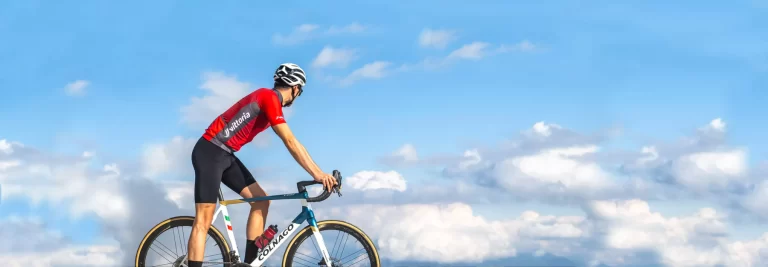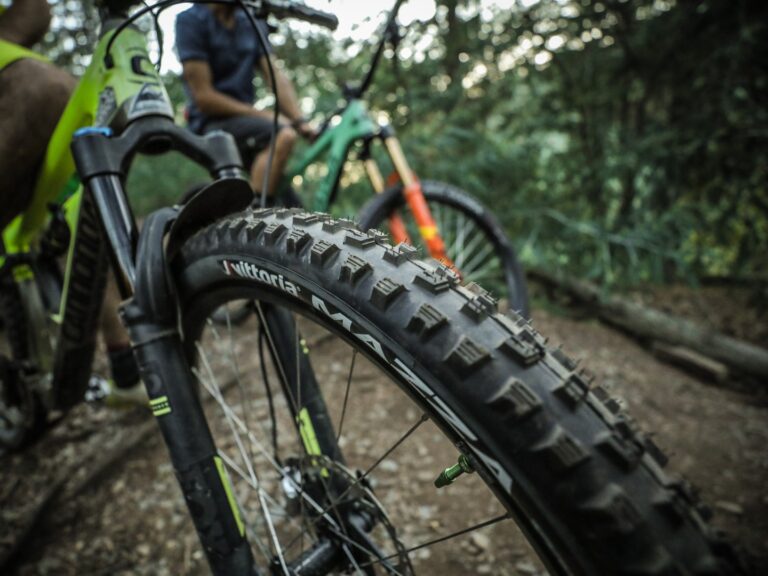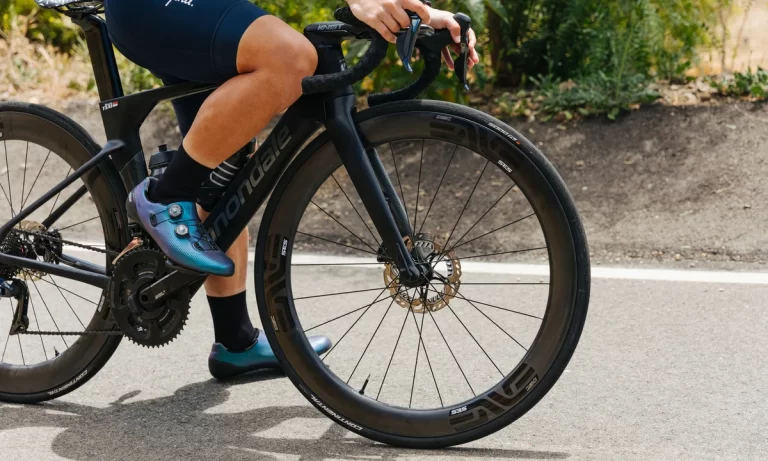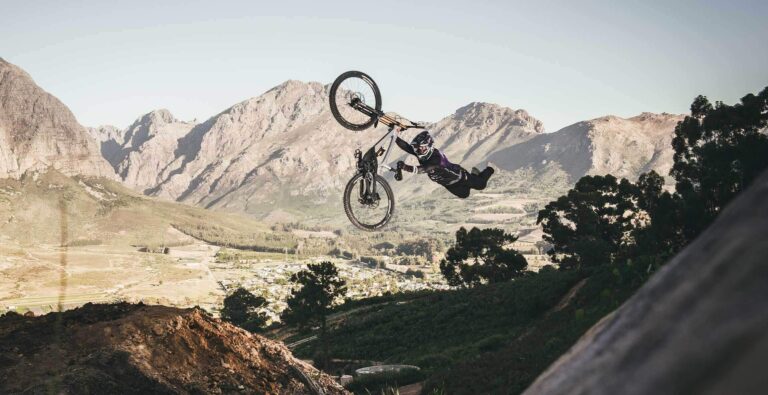Tread Patterns for Gravel Bike Tires: Maximizing Traction and Control

Key Point Summary of Tread Patterns for Gravel Bike Tires:
- Role of Tread Patterns: Tread patterns on gravel bike tires are crucial for traction and stability.
- Types of Tread Patterns: Various patterns suit different terrain, from low-profile for hardpacked surfaces to aggressive for loose or muddy conditions.
- Tread and Tire Width: The relationship between tread pattern and tire width affects grip and ride comfort.
- Balancing Traction and Rolling Resistance: Finding a tread that offers both efficient rolling and adequate grip.
- Seasonal and Weather Considerations: Choosing tread patterns based on seasonal changes and weather conditions.
With years of experience in various forms of cycling, including mountain biking, gravel biking, and cyclocross, I’ve come to appreciate the significant impact of tread patterns on gravel bike tires. Understanding the intricacies of tread patterns can greatly enhance your gravel riding experience.
The Role of Tread Patterns
Tread patterns on gravel bike tires are not just about aesthetics; they are engineered to provide traction, control, and stability. The right tread pattern can make a noticeable difference in how the bike handles various terrains, from loose gravel to muddy paths.
Advances in Tread Technology
- Material Innovations: Recent advancements in tire materials have led to the development of treads that offer better grip without compromising on durability. These innovations can significantly improve ride quality on challenging terrains.
Understanding Tread Depth
- Tread Depth for Different Conditions: The depth of the tread plays a crucial role in traction. Deeper treads are advantageous in muddy or very loose conditions, while shallower treads are better for hardpacked surfaces or roads.
Tread Pattern and Noise
- Noise Considerations: Aggressive tread patterns can produce more noise on hard surfaces, which might be a factor for riders who transition frequently between off-road and paved surfaces.
Cornering Grip
- Side Knobs for Improved Cornering: Tires with pronounced side knobs can offer better grip during cornering on loose or uneven surfaces. This feature can be particularly beneficial in cyclocross or technical gravel routes.
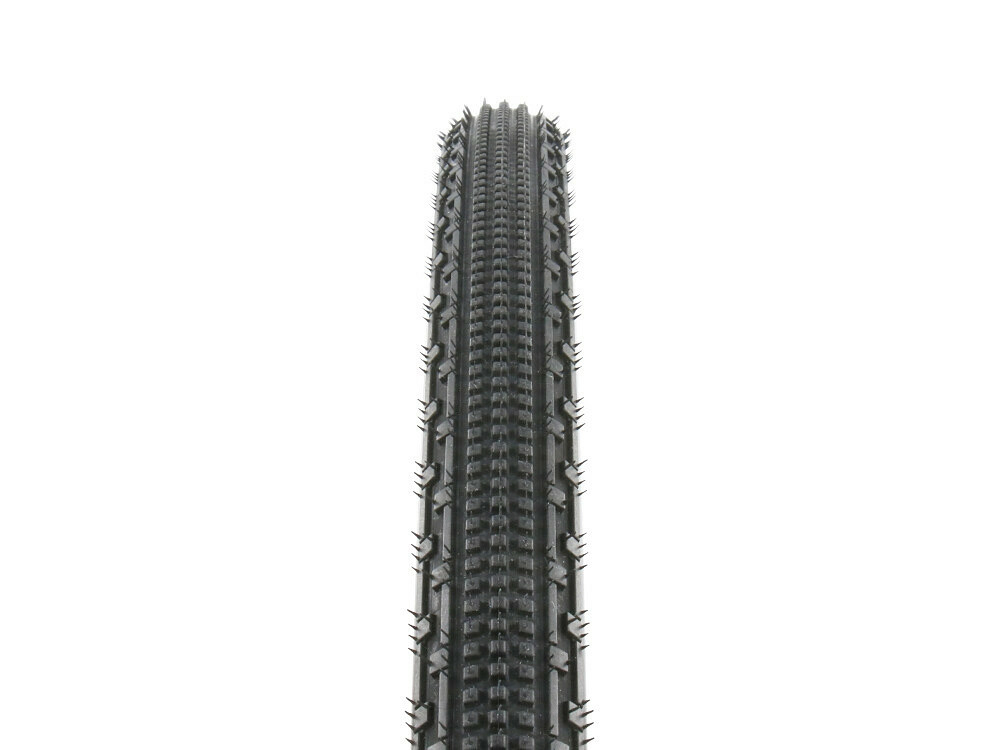
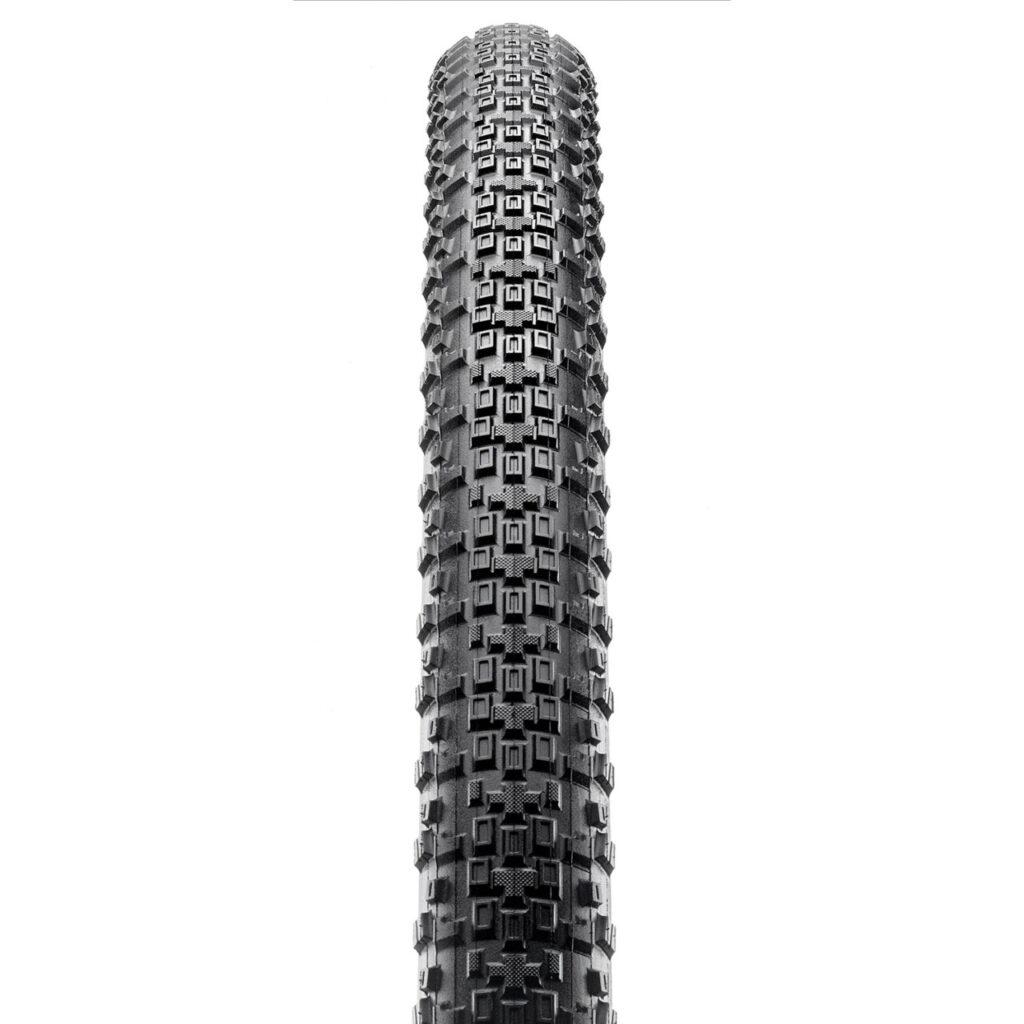
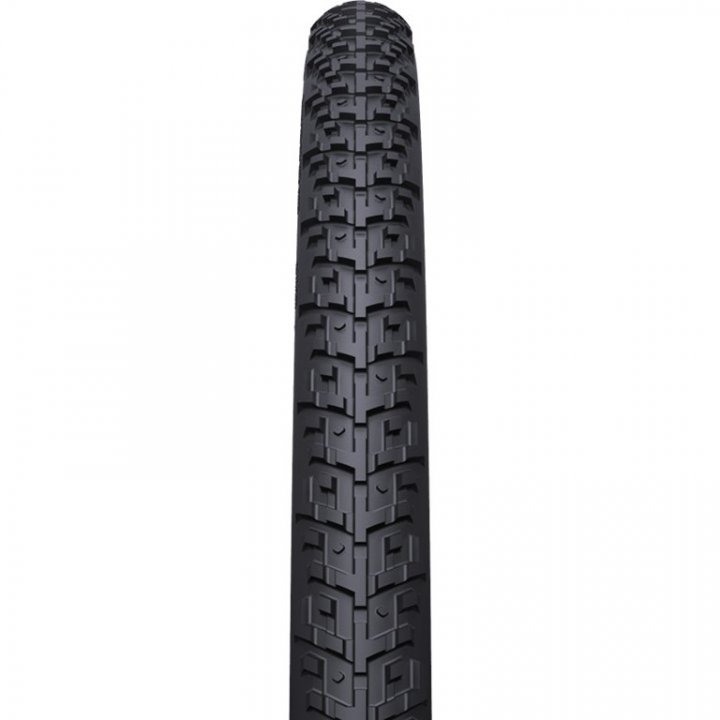
Types of Tread Patterns
Gravel bike tire treads range from nearly smooth to aggressively knobbed. Low-profile treads are ideal for hardpacked surfaces where less resistance and more speed are desired. On the other hand, tires with more pronounced treads are better suited for loose or muddy conditions where grip is paramount.
Tread and Tire Width
The width of the tire, along with the tread pattern, plays a crucial role in the bike’s handling. Wider tires can run at lower pressures and, with the right tread pattern, provide better grip and comfort, especially on rough and loose gravel.
Balancing Traction and Rolling Resistance
A key challenge in choosing gravel tires is finding a tread pattern that offers both efficient rolling on hard surfaces and adequate grip in loose conditions. Tires with intermediate tread patterns can often strike this balance, offering versatility for varied gravel riding.
Seasonal and Weather Considerations
Different seasons and weather conditions might necessitate different tread patterns. For instance, wet and muddy conditions call for more aggressive treads for better grip, whereas drier conditions might allow for smoother tread patterns for faster riding.
Experiencing Different Tread Patterns
I’ve experimented with various tread patterns over the years. On a particularly muddy gravel ride, my bike was equipped with low-profile tires, and the lack of grip was immediately noticeable. This experience taught me the importance of matching the tread pattern to the riding conditions.
The Impact of Tire Width
I once switched from narrow to wider gravel tires, keeping the tread pattern relatively similar. The difference in comfort and grip was significant, especially on loose and uneven terrains.
Learning the Hard Way
During one autumn season, I stuck with my summer tires and tread pattern for too long. A sudden change in weather led to slippery conditions, and my tires couldn’t cope, resulting in a few close calls. This incident highlighted the importance of adapting to seasonal changes.

The Right Tread for Long Rides
On long gravel rides, I found that a tire with an intermediate tread pattern offers the best compromise between rolling efficiency and grip. It has enabled me to tackle both smoother and rougher sections with confidence.
Based on the above discussion about tread patterns for gravel biking, here are five gravel bike tire models that exemplify various aspects of tread design and functionality:
- Panaracer GravelKing SK: Known for its versatility, the GravelKing SK offers a tread pattern that strikes a balance between smooth rolling on roads and effective grip on loose surfaces, making it a popular choice for mixed-terrain riding.
- Schwalbe G-One Allround: This tire features a closely spaced tread pattern for efficient rolling on hard surfaces while still providing enough grip for off-road adventures. It’s a great all-rounder for gravel riders.
- Maxxis Rambler: The Rambler’s tread design is optimized for gravel riding, offering a good mix of low rolling resistance and effective traction in loose and dry conditions, making it suitable for a wide range of gravel trails.
- WTB Byway: Ideal for riders who spend a lot of time on paved roads but still venture onto gravel, the Byway has a smooth center for road efficiency and more aggressive side knobs for off-road traction.
- Continental Terra Trail: Designed for variable off-road conditions, the Terra Trail provides a more aggressive tread pattern for superior grip in challenging terrains, especially in wet and muddy conditions.
Each of these models offers a different approach to tread pattern design, catering to the varied needs of gravel biking enthusiasts. When choosing a tire, consider the specific conditions you typically ride in and what you prioritize in terms of performance, such as grip, rolling resistance, and durability.
Final Thoughts
Choosing the right tread pattern for your gravel bike tires is essential for optimizing your riding experience. It requires a balance of traction, control, and rolling efficiency, and should be aligned with the typical terrain and conditions you encounter. Experimenting with different tread patterns and widths and adapting to seasonal changes can significantly enhance your gravel biking adventures. Remember, the right tread can transform how your bike handles and feels on gravel.
Happy riding and tread choosing!
John
FAQ
Are 38c tires good for gravel?
Yes, 35mm tires are generally enough for gravel riding, offering a good balance of comfort, traction, and rolling efficiency on most gravel surfaces.
Is 35mm enough for gravel?
Yes, 38c tires are good for gravel, offering increased comfort and traction on rough and loose surfaces compared to narrower options.
Is 42mm enough for gravel?
Yes, 42mm tires are more than adequate for gravel, providing excellent comfort, traction, and stability on a wide range of gravel surfaces.
Is 32mm good for gravel?
Yes, 32mm tires can be suitable for gravel, especially on well-maintained or hardpacked surfaces, but may offer less comfort and traction on rougher terrain compared to wider options.
